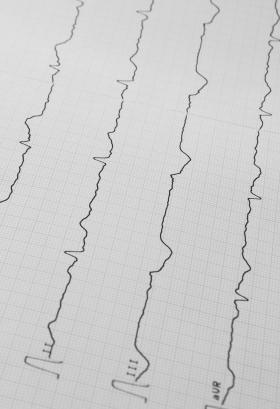
A new article "Precarious Employment in Self-Employment: A Typology and Impact on Cardiovascular Health Conditions in Sweden" by Jessie Gevaert (BRISPO) and colleagues from the Karolinska Institute, Sweden (Mangot-Sala, L., Almroth, M., Badarin, K., Elling, D. L., Jonsson, E., Kvart, S., Lundh, F., O’Campo, f, P., Pan, K., Thern, E., Bodin, T.) has just been published, Open-Access, in "Social Science & Medicine". The full text is available here.
ABSTRACT:
Background
Research on health in self-employment shows mixed findings, partly due to limited focus on heterogeneity within self-employment, physical health outcomes and reliance on self-reported, cross-sectional data. This study addresses these gaps by identifying self-employment types using the ‘precarious employment framework’ and examining their association with cardiovascular health conditions in Sweden.
Methods
Using the Swedish Work, Illness, and Labour Market Participation (SWIP) cohort, we analyzed individuals born between 1948-1968, aged 40-60 in 2008, and living in Sweden in 2005. We identified a typology of precarious self-employment in 2008 (N=281,251), with cardiovascular health conditions tracked between 2009-2020. Latent Class Analysis (LCA) was used to categorize self-employment based on six indicators of precarity: business type, prior unemployment, combined employment, number of employees, income, and income volatility. Cox proportional hazards models estimated the association between the self-employment types and cardiovascular health conditions (diagnoses for myocardial infarction and stroke) compared to waged employment, adjusting for covariates.
Results
We identified four self-employment types: entrepreneurial employers, precarious solo self-employed, own-account combiners, and small traders. Precarious self-employment among 40-to-60-year-olds was associated with a higher risk of cardiovascular conditions later in life. The ‘precarious employment framework’ effectively captures the heterogeneity of self-employment and highlights its role as a social determinant of cardiovascular health.
Conclusion
Our findings suggest that precarious self-employment is linked to increased cardiovascular risk. This underscores the importance of considering employment quality and heterogeneity in future research and public policies addressing self-employed populations.
Citation: J. Gevaert, L. Mangot-Sala, M. Almroth, K. Badarin, D.L. Elling, E. Jonsson, S. Kvart, F. Lundh, P. O’Campo, K. Pan, E. Thern, T. Bodin (2025). Precarious Employment in Self-Employment: A Typology and Impact on Cardiovascular Health Conditions in Sweden. Social Science & Medicine, https://doi.org/10.1016/j.socscimed.2025.118182.
